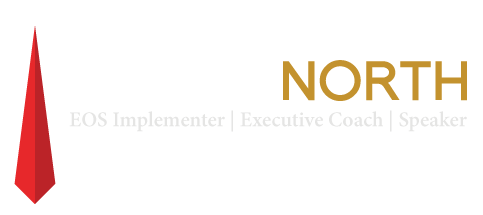How to build a high-performance culture.
High-performing individuals, including world-class athletes and business leaders, are different from average athletes and business leaders. High-performance organizations and workplaces are also different from average businesses. What makes them so dissimilar? Here are nine characteristics of high-performance cultures, from high-performance psychology.
1. Willing to fail … in order to succeed.
People are willing to fail in order to learn and succeed, and this is encouraged throughout the organization. This characteristic is a great differentiator both for high-performing individuals and organizations. Greatness requires … doing and/or being different (think Apple computers); risk is inherent in being different.
2. Motivation driven by excitement not fear.
Both individual and team motivation is driven by excitement versus fear. When you’re in fear, you play not to lose. You focus on not making mistakes and spend a lot of energy covering you butt. This is a negative focus. However, when you’re driven by the excitement of winning or achieving your goals, this is a positive focus. The focus is on what you want versus what you don’t want.
3. Obsessive focus.
Leaders are obsessively focused on two things: 1) creating a high-performance culture and 2) being known for one product, service or something that differentiates the company in its market. Average businesses are often too many things to too many people and don’t stand out. This is especially true for entrepreneurs. To be a high-performing entrepreneur, you must be obsessively focused on these two things.
4. Respect.
For all team members to be inspired by their leaders and align with the vision and strategies, leaders must be respected. They don’t necessarily have to be respected for every part of their life, but they must at least be respected for their brilliance in vision and strategy. Leaders who are also highly respected for their values and ethics can create an even stronger, values-driven, high-performance culture — the ideal culture.
5. Alignment.
To create alignment, people must believe in the vision and in one another. In aligned organizations, trust is extremely high in all interactions, and cover-your-butt, protect-your-turf and “siloing” activities are virtually nonexistent. There’s alignment among the organization’s vision, team goals and individual goals. This characteristic should be pretty obvious, but in reality it’s difficult to find. Basic laws of physics state that the greater the amount of energy you have moving in one direction (toward your vision) and the less resistance you encounter, the faster you progress.
6. Positive accountability.
High performers love positive accountability; only masochists like fear-based accountability. Positive accountability occurs when mutually agreed-on goals are regularly discussed, successes are celebrated, and unattained goals are learned from and corrections are made. One interesting exception to this is a culture that combines both acknowledging and celebrating successes with yelling and punishing those who make mistakes. This is the culture of some, not all, high-performing college and professional sports teams. It works because there’s a deep caring, even a love, between the players and coaches. Without this emotional connection, it wouldn’t work.
7. Shared values.
Values are shared among all team members and drive all interactions. Interestingly, you can actually have a high-performance team with good values or bad values. If you’re on a team of thieves and you all share a love of conning, lying and stealing, you can actually create a high-performance culture with the shared values of thieves. (I’d like to discourage that, though!)
8. No blaming, complaining or excuses.
There’s little to no whining, complaining or excuses. People take full responsibility for deadlines as well as their goals and mistakes. This may be the greatest differentiator of all high-performance characteristics! From 2008 through 2010, three really tough years in the U.S. economy, high-performing CEOs and sales professionals took complete responsibility for their results. They didn’t point fingers or blame the economy; they constantly pursued what they could do to thrive in the current situation. During those three years, I know three realtors who had their best years ever! These realtors never whined, complained or made excuses while others did; they put all of their energy into creating opportunities.
9. Meet or exceed.
If you implement the above psychological characteristics of high-performance organizations and teams, you’re likely to meet or exceed your critical goals. This is the ultimate measure of becoming a high-performing organization or workplace — you regularly meet or exceed what you commit to accomplish.
Want to be a high performer or create a high performance culture and organization? Here’s more!
Want to learn the, “12 Techniques to Build Self-Confidence”? Please go here.


